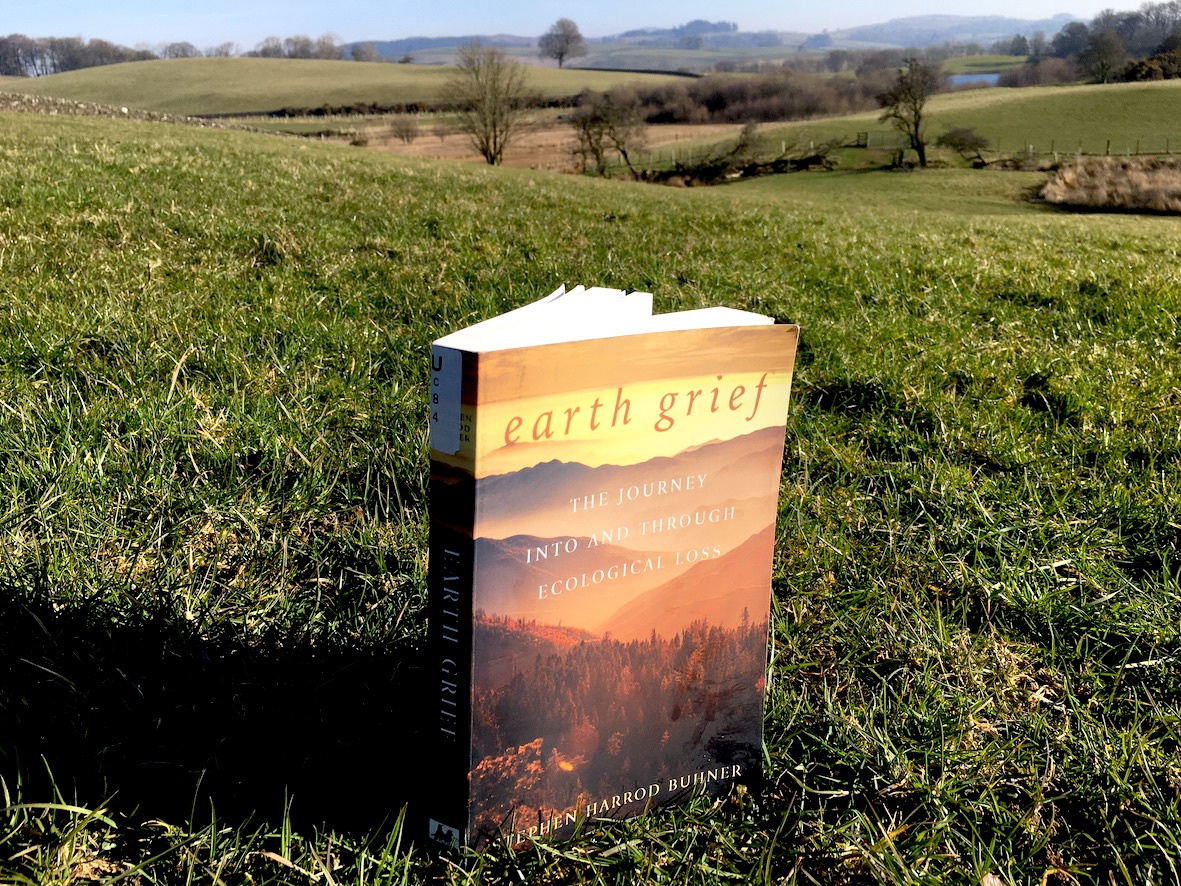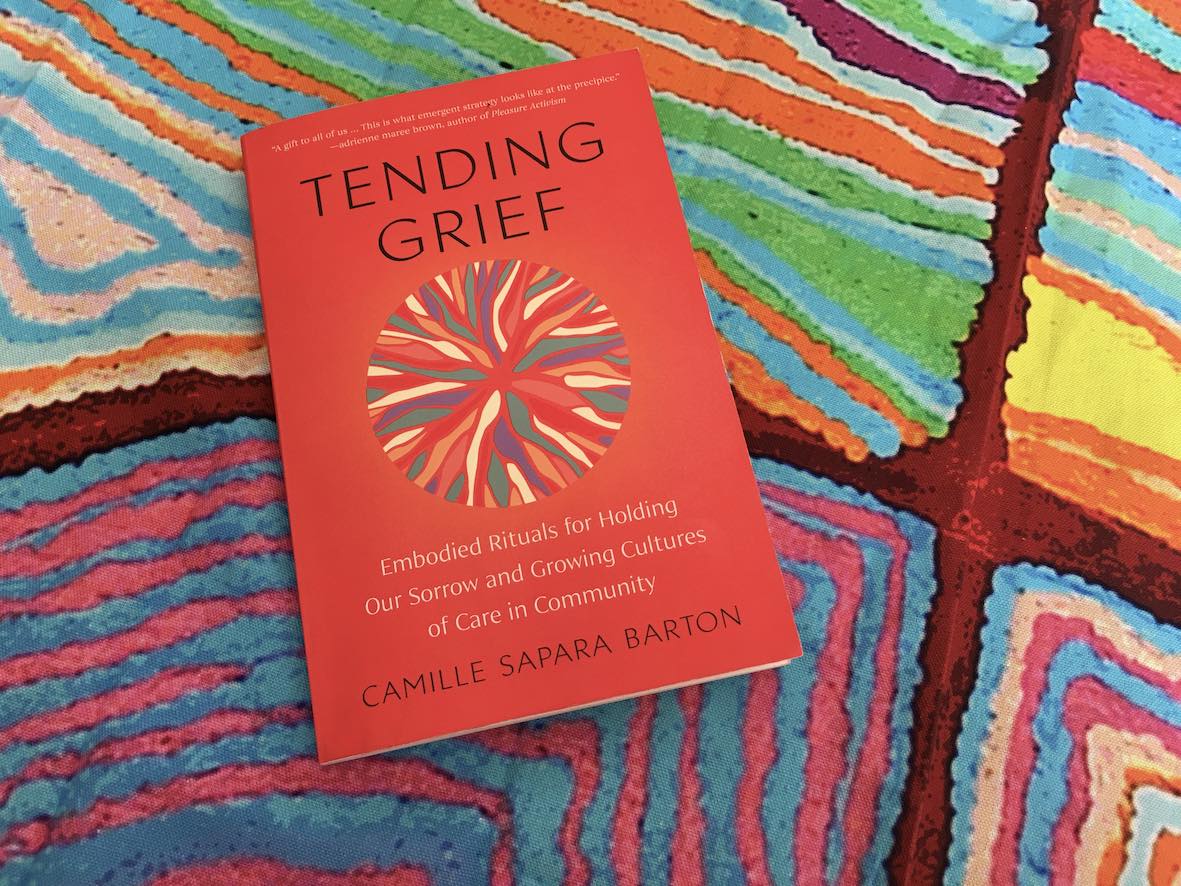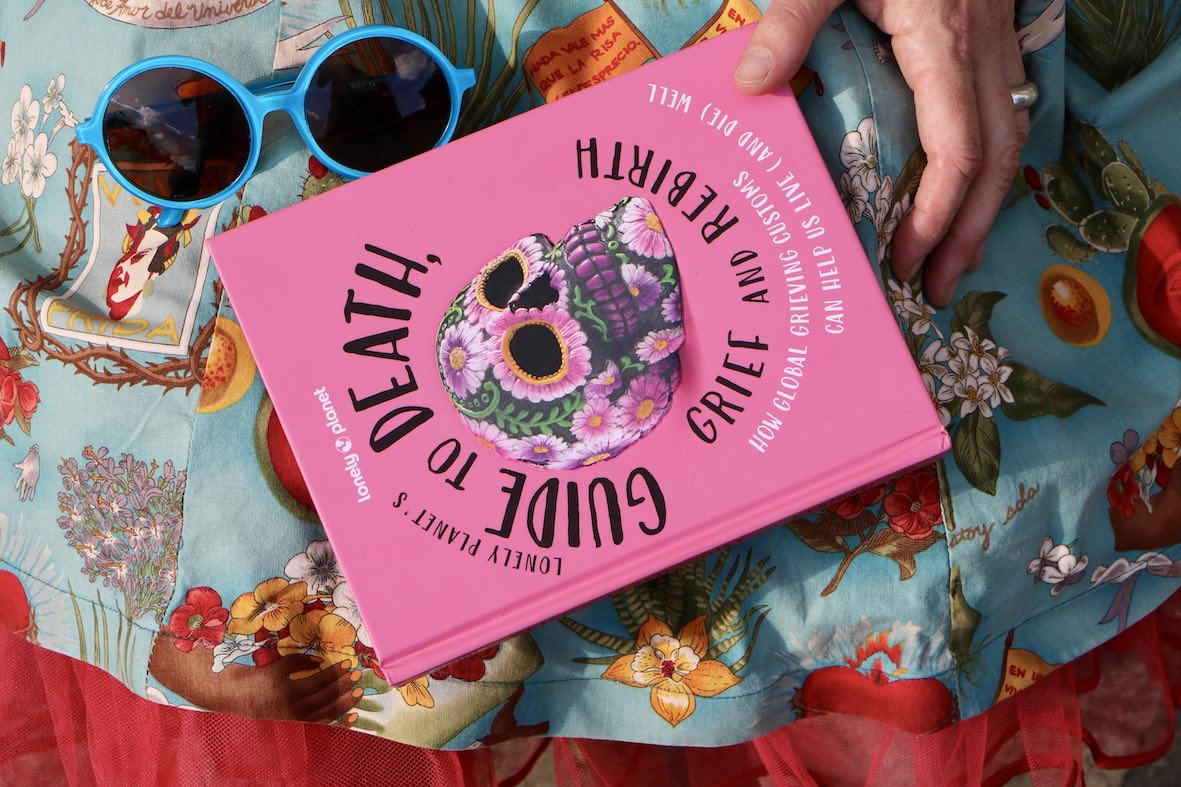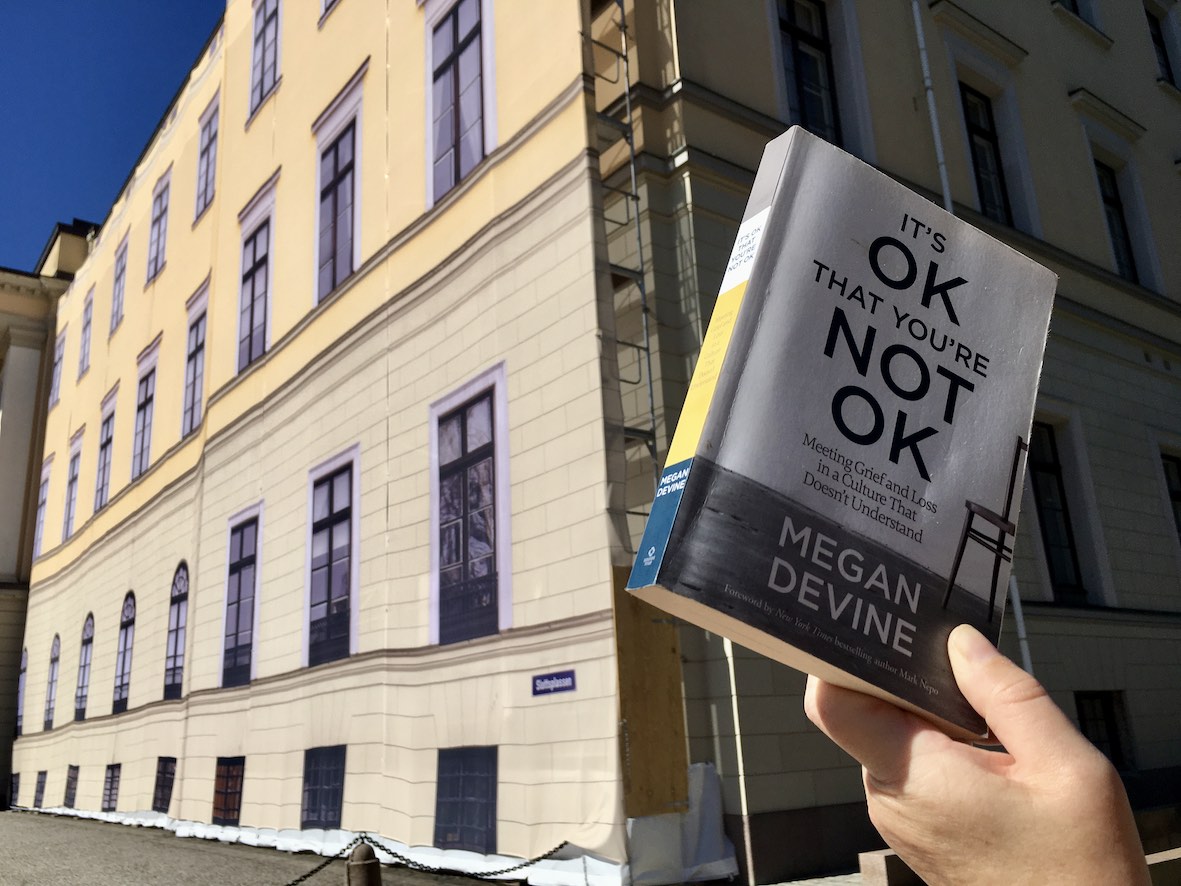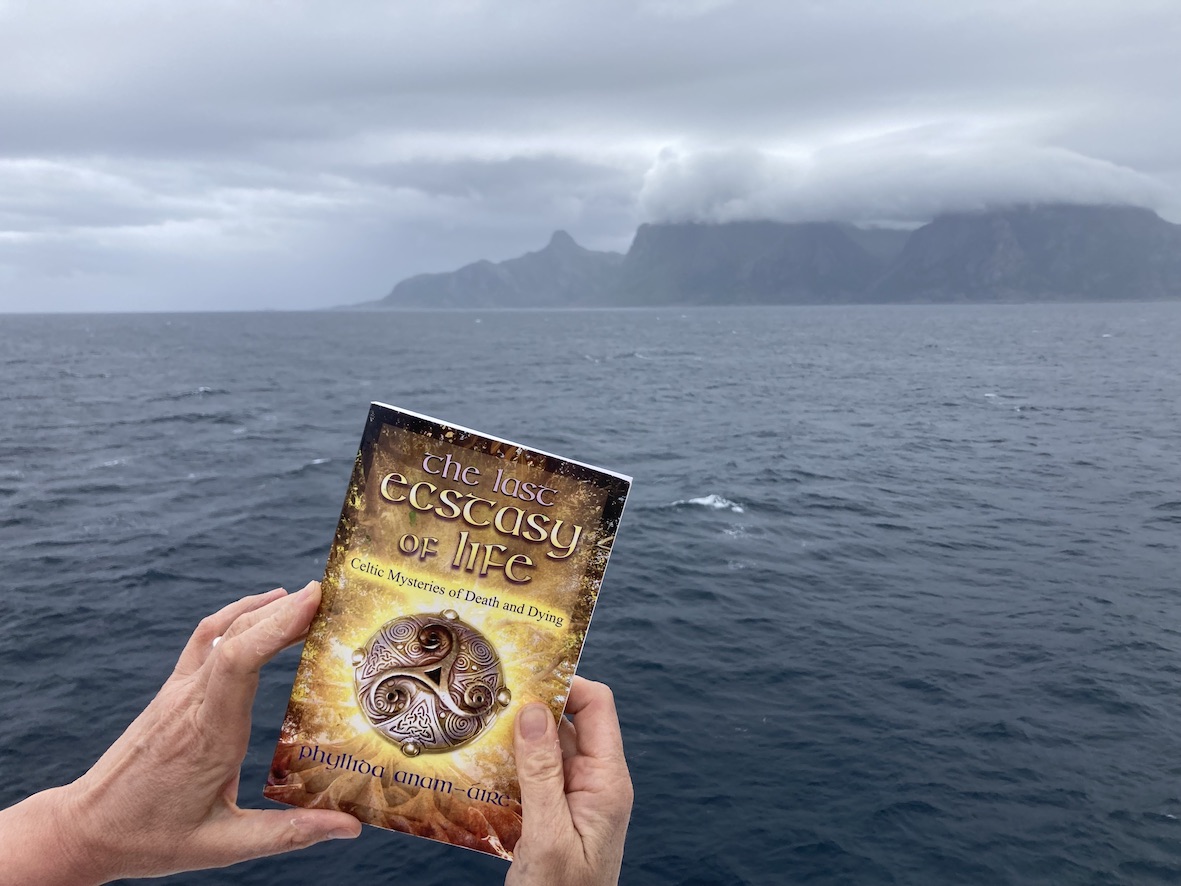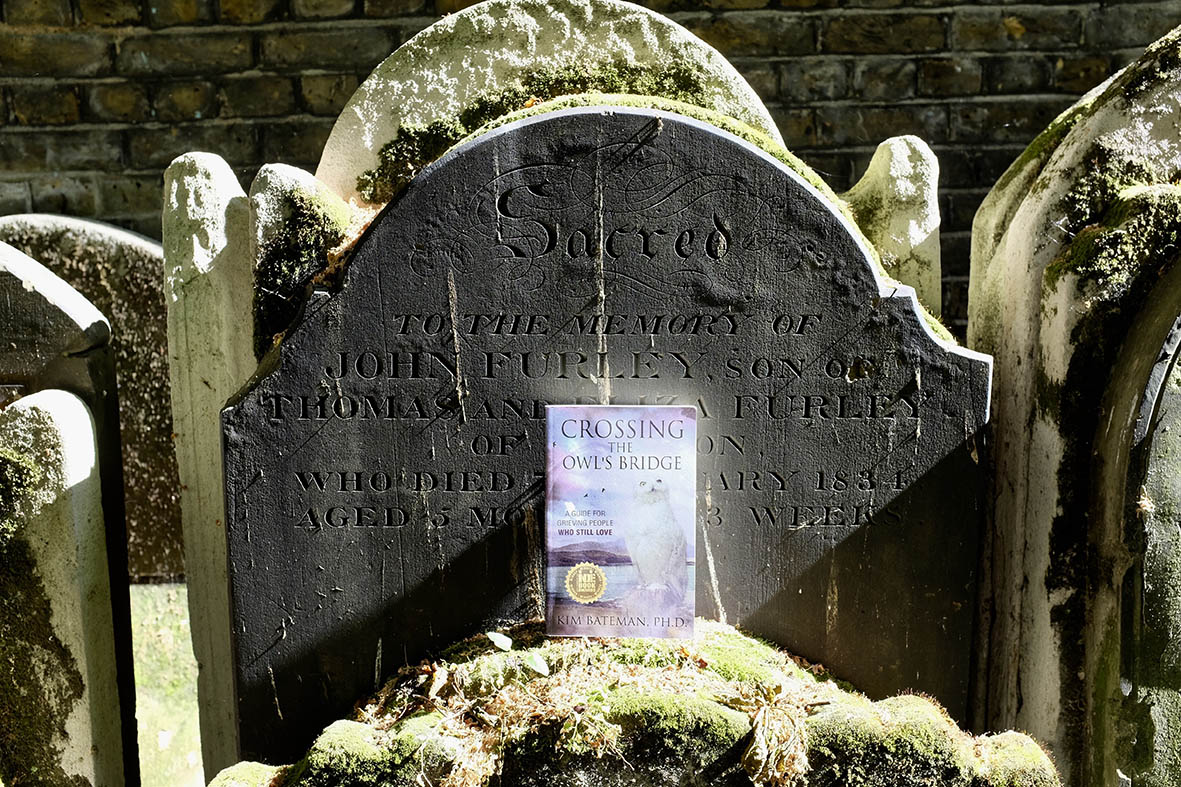18 Apr The Year of Magical Thinking
Joan Didion is an articulate writer, with enough resources to assume that she can control her life. In ‘The Year of Magical Thinking’, she is knocked by the reality of grief and the bewilderment it causes, as she finds her way through new circumstances.
‘The Year of Magical Thinking’ is worth reading. She describes books on grief as “a body of sub-literature, how-to guides for dealing with the condition, some “practical” some “inspirational”, most of either useless.” This book is not self-help, but realistic, and written with enough vulnerability to be inspiring. She uses her writer’s craft to turn a mirror on her experience of sudden loss.
“You sit down to dinner and life as you know it ends.”
Didion examines the skips and foibles of her cognitive process (a normal part of the experience of grieving). She is a keen observer describing the liminal place of the recently bereaved.
“I myself felt invisible for a period of time, incorporeal.”
We see ourselves entitled to a fair portion of trouble, but grief does not land in people’s lives equally. In ‘The Year of Magical Thinking’, Didion writes through a double portion.
I read books on grief, not just because I have a professional interest in them, but because I too have a magical thought process that predicts that if I learn enough about dying, each new loss will be easier.
“I realise how open we are to the persistent message that we can avert death,” Didion says. My own curiosity is itself part talisman to ward off mortality.
See Grief Tending workshops for grief of all kinds online and in London here.
Sarah Pletts is a Grief Tender and Artist who offers workshops in London and online, sharing rituals where grief on all themes is welcome. For more information about Grief Tending events see here.




